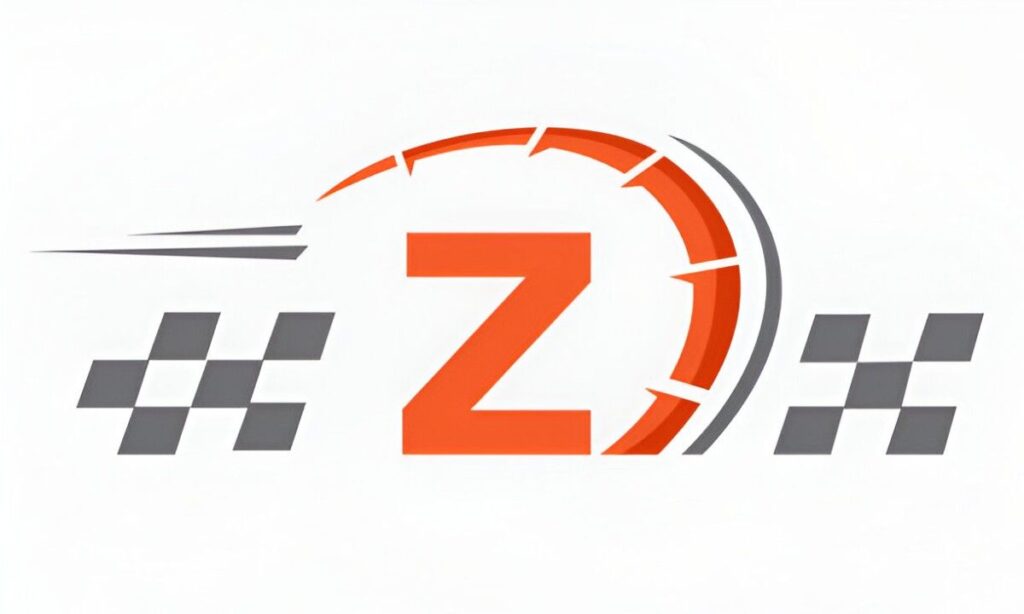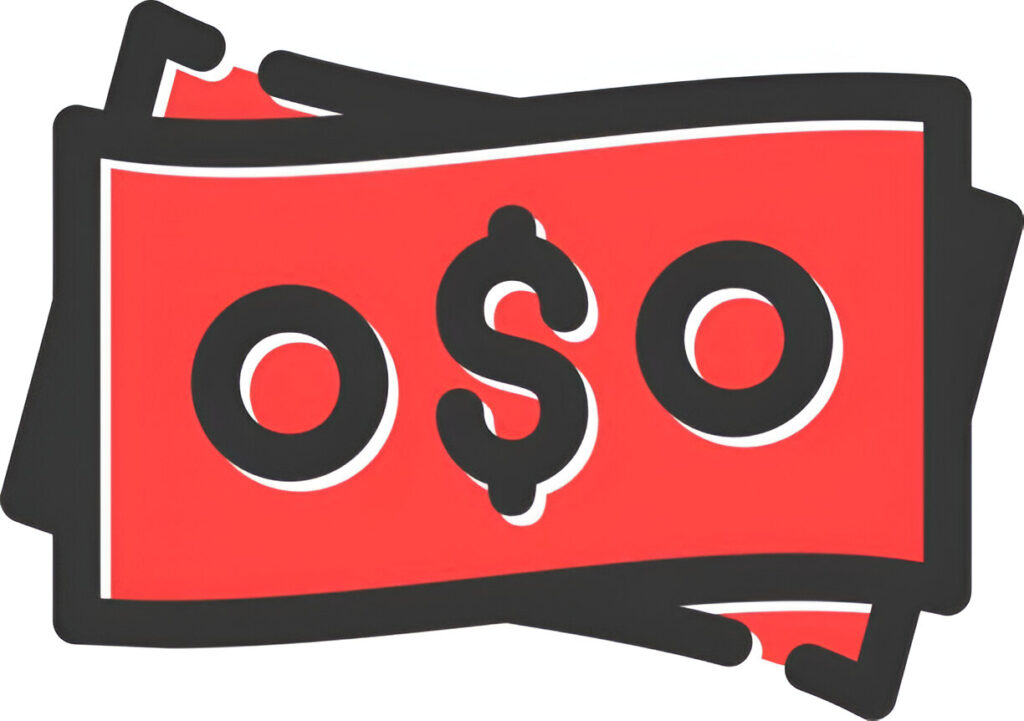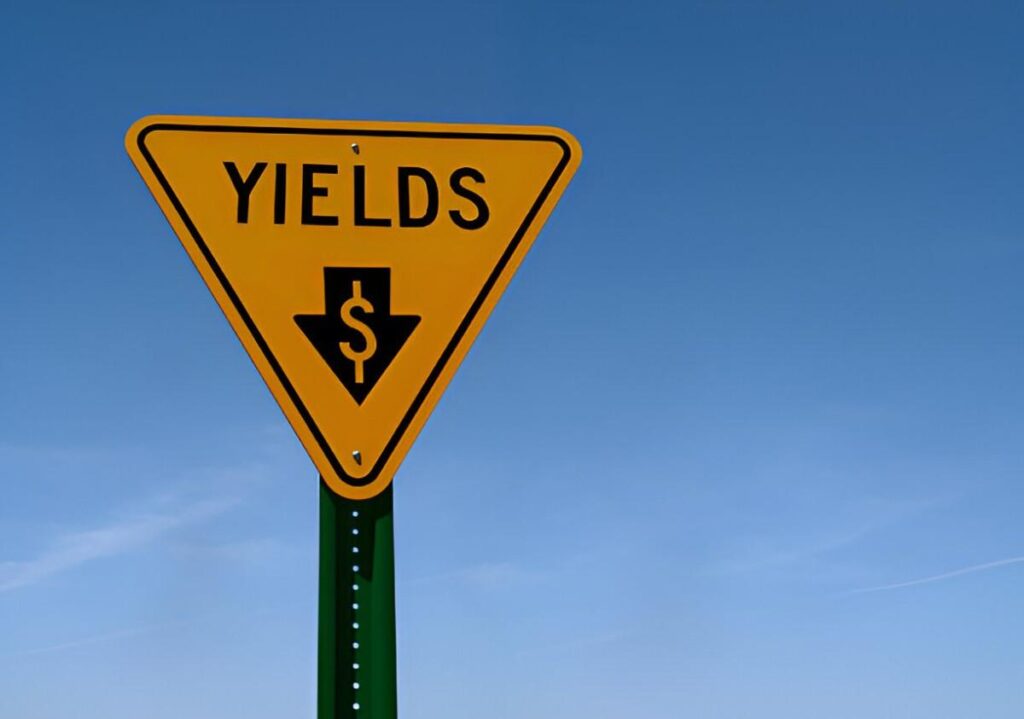When I first started exploring the world of financial derivatives, I found myself both fascinated and overwhelmed by the sheer variety of instruments available. Among these, the Put-of-More option stood out as a particularly intriguing yet under-discussed tool. In this guide, I aim to demystify Put-of-More options, breaking down their mechanics, applications, and potential benefits and risks. Whether you’re a novice investor or someone looking to expand your knowledge, this article will provide a comprehensive understanding of Put-of-More options.
Table of Contents
What Are Put-of-More Options?
A Put-of-More option is a type of exotic option that allows the holder to sell an additional quantity of an underlying asset at a predetermined price, known as the strike price, if certain conditions are met. Unlike standard put options, which give the holder the right to sell a fixed quantity of the underlying asset, Put-of-More options provide the flexibility to sell more than the initial contract size. This feature makes them particularly useful in hedging strategies where the exact quantity of the asset to be sold may not be known in advance.
Key Features of Put-of-More Options
- Flexibility in Quantity: The most distinctive feature of a Put-of-More option is its ability to allow the holder to sell more than the initial contract size. This is particularly useful in scenarios where the exact quantity of the asset to be sold is uncertain.
- Strike Price: Like standard options, Put-of-More options have a strike price, which is the price at which the holder can sell the underlying asset.
- Expiration Date: These options have a specific expiration date, after which they become worthless if not exercised.
- Underlying Asset: The underlying asset can be anything from stocks and commodities to currencies and indices.
How Do Put-of-More Options Work?
To understand how Put-of-More options work, let’s consider a simple example. Suppose I hold a Put-of-More option on 100 shares of Company XYZ with a strike price of $50. If the price of XYZ drops to $40, I can exercise my option to sell 100 shares at $50, thereby locking in a profit of $10 per share. However, if the price drops further to $30, I can choose to sell an additional quantity of shares at the same strike price of $50, thereby increasing my profit.
The key here is the flexibility to sell more than the initial contract size, which can be particularly advantageous in volatile markets.
Mathematical Representation
The payoff of a Put-of-More option can be represented mathematically as follows:
Payoff = \max(0, K - S) \times QWhere:
- K is the strike price.
- S is the spot price of the underlying asset at expiration.
- Q is the quantity of the underlying asset sold.
For example, if the strike price K is $50, the spot price S is $40, and the quantity Q is 100 shares, the payoff would be:
Payoff = \max(0, 50 - 40) \times 100 = \$1,000If I choose to sell an additional 50 shares, the total quantity Q becomes 150 shares, and the payoff would be:
Payoff = \max(0, 50 - 40) \times 150 = \$1,500Comparison with Standard Put Options
To better understand the unique features of Put-of-More options, let’s compare them with standard put options.
| Feature | Standard Put Option | Put-of-More Option |
|---|---|---|
| Quantity Flexibility | Fixed quantity | Flexible quantity |
| Strike Price | Fixed | Fixed |
| Expiration Date | Fixed | Fixed |
| Underlying Asset | Any | Any |
| Payoff Calculation | \max(0, K - S) \times Q | \max(0, K - S) \times Q |
As we can see, the primary difference lies in the flexibility of the quantity that can be sold, which can be a significant advantage in certain market conditions.
Applications of Put-of-More Options
Put-of-More options can be used in various strategies, including hedging, speculation, and arbitrage. Let’s explore each of these applications in detail.
Hedging
One of the most common uses of Put-of-More options is in hedging strategies. Suppose I own a portfolio of stocks and I’m concerned about a potential market downturn. I can purchase Put-of-More options on the stocks in my portfolio to protect against a decline in their value. If the market does drop, I can exercise my options to sell the stocks at the strike price, thereby limiting my losses.
The flexibility to sell more than the initial contract size is particularly useful in this context, as it allows me to adjust my hedge based on the severity of the market downturn.
Speculation
Put-of-More options can also be used for speculative purposes. If I believe that the price of a particular asset is going to decline, I can purchase a Put-of-More option to profit from the decline. The flexibility to sell more than the initial contract size allows me to increase my potential profit if the price drops significantly.
For example, if I purchase a Put-of-More option on 100 shares of Company XYZ with a strike price of $50 and the price drops to $30, I can choose to sell an additional quantity of shares at the strike price of $50, thereby increasing my profit.
Arbitrage
Arbitrage involves taking advantage of price discrepancies in different markets. Put-of-More options can be used in arbitrage strategies to exploit these discrepancies. For example, if I notice that the price of an asset is lower in one market than in another, I can purchase the asset in the lower-priced market and simultaneously sell a Put-of-More option in the higher-priced market. If the price discrepancy persists, I can exercise my option to sell the asset at the higher price, thereby locking in a profit.
Risks Associated with Put-of-More Options
While Put-of-More options offer several advantages, they also come with their own set of risks. It’s important to be aware of these risks before incorporating them into your investment strategy.
Market Risk
The primary risk associated with Put-of-More options is market risk. If the price of the underlying asset does not decline as expected, the option may expire worthless, resulting in a loss of the premium paid.
Liquidity Risk
Put-of-More options are exotic options, which means they are less liquid than standard options. This can make it difficult to find a buyer or seller when you want to enter or exit a position, potentially leading to unfavorable prices.
Complexity Risk
The flexibility of Put-of-More options also adds a layer of complexity. It can be challenging to accurately assess the potential payoff and risk, especially for beginners. This complexity can lead to mistakes in strategy implementation, resulting in unexpected losses.
Pricing Put-of-More Options
Pricing Put-of-More options can be more complex than pricing standard options due to the flexibility in quantity. The Black-Scholes model, which is commonly used to price standard options, may not be directly applicable. Instead, more advanced models, such as the Monte Carlo simulation, may be required.
The price of a Put-of-More option can be influenced by several factors, including:
- Strike Price: The higher the strike price, the higher the premium.
- Spot Price: The lower the spot price, the higher the premium.
- Volatility: Higher volatility increases the premium.
- Time to Expiration: Longer time to expiration increases the premium.
- Interest Rates: Higher interest rates increase the premium.
Example Calculation
Let’s consider an example to illustrate the pricing of a Put-of-More option. Suppose I want to purchase a Put-of-More option on 100 shares of Company XYZ with a strike price of $50. The current spot price is $55, the volatility is 20%, the time to expiration is 6 months, and the risk-free interest rate is 2%.
Using the Black-Scholes model, the price of a standard put option can be calculated as follows:
P = K e^{-rT} N(-d_2) - S N(-d_1)Where:
- P is the price of the put option.
- K is the strike price.
- S is the spot price.
- r is the risk-free interest rate.
- T is the time to expiration.
- N is the cumulative distribution function of the standard normal distribution.
- d_1 and d_2 are calculated as follows:
Where:
- \sigma is the volatility.
Plugging in the values:
d_1 = \frac{\ln(55/50) + (0.02 + 0.2^2/2) \times 0.5}{0.2 \sqrt{0.5}} \approx 0.769 d_2 = 0.769 - 0.2 \sqrt{0.5} \approx 0.558 N(-d_1) = N(-0.769) \approx 0.221 N(-d_2) = N(-0.558) \approx 0.288 P = 50 e^{-0.02 \times 0.5} \times 0.288 - 55 \times 0.221 \approx 2.85So, the price of the standard put option is approximately $2.85 per share, or $285 for 100 shares.
However, since this is a Put-of-More option, the price may be higher due to the flexibility in quantity. The exact price would depend on the specific terms of the option and the model used to price it.
Tax Implications
In the United States, the tax treatment of options can be complex and depends on several factors, including the type of option, the holding period, and the investor’s tax bracket. Generally, gains from options are treated as capital gains and are subject to capital gains tax. However, the specific tax implications of Put-of-More options may vary, and it’s important to consult with a tax professional to understand the potential tax consequences.
Regulatory Considerations
In the U.S., options are regulated by the Securities and Exchange Commission (SEC) and the Commodity Futures Trading Commission (CFTC). These regulatory bodies ensure that options markets operate fairly and transparently. As an investor, it’s important to be aware of the regulatory environment and any changes that may impact the trading of Put-of-More options.
Conclusion
Put-of-More options offer a unique combination of flexibility and potential profit, making them a valuable tool for investors looking to hedge, speculate, or engage in arbitrage. However, they also come with their own set of risks and complexities, which require a thorough understanding before incorporating them into your investment strategy.





